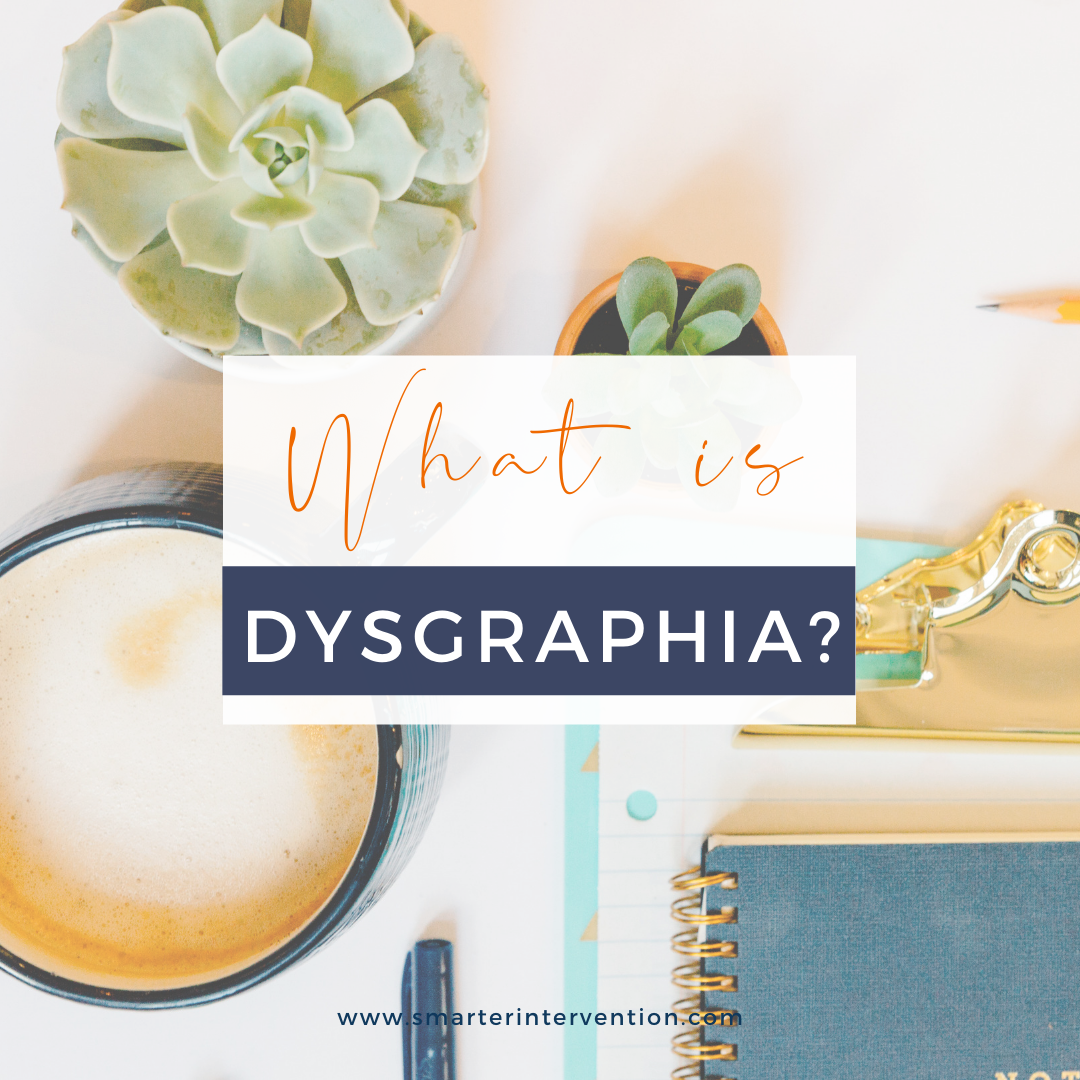Science-based literacy resources and articles
for families, educators and schools
Search by Category:
Categories
- Advocacy
- Authentic Literature
- Business
- Comprehension
- Data Tracking
- Differentiation
- Dyslexia
- Evaluation and Assessment
- Executive Functioning
- Games & Activities
- Helping My Child At Home
- How To
- IEP/504 Plan
- Lesson Planning
- Math
- Online Intervention
- Organization
- Parents
- Phonics
- Phonological Awareness
- Reading Comprehension
- Reading Fluency
- Research
- SLP
- Spelling
- Vocabulary
- Writing
How to Support Your Students with Writing
Do you have students who struggle with writing?
Maybe they struggle to come up with ideas and just stare at their paper. Maybe they have a difficult time organizing their thoughts or using a clear introduction and conclusion. Or perhaps they forget to edit their work for things like capitalization and spelling.
Wherever in the writing process they struggle, one thing is for sure - writing can be tricky!
That’s why we’ve implemented this 3 step writing process. Keep reading to learn more.
How to Teach Paragraph Writing using a Research-Based Approach
Paragraph writing can feel like a BIG skill - both to teach & to learn! That’s why today, we are breaking down how we can use a research-based framework to make paragraph writing & paragraph writing instruction easier! There’s even a free resource further down for you to use in your paragraph writing instruction!
How to Teach Sentence Level Writing using a Research-Based Approach
Discover the key steps to teaching sentence-level writing effectively! Explore the research-based approach, systematic instruction, multisensory techniques, and targeted differentiation for enhanced learning outcomes. Elevate your students' writing skills effortlessly!
How to Teach Writing in Your Literacy Intervention Lessons
One of the most common questions we get is “how do I teach writing?”
In EVERY lesson that we teach students, we work through the 5-Core Components of Literacy for reading and then go back through each of them for writing. Keep reading to learn the actual strategies we use to seamlessly weave explicit, systematic writing instruction into our lessons.
What Students Need for Effective Comprehension & Writing in the Classroom
Today, we’re diving right into a pretty loaded topic! We wanted to start the conversation around what students need in order to effectively comprehend lessons in the classroom and what they need to be able to write effectively to demonstrate their knowledge.
Now obviously, this isn’t something we can fully communicate/solve in a single blog post. But … we do have a really good starting point! And, don’t worry, we also have some really good follow-up coming your way!
How to Teach Writing Systematically
The problem for many of our students is that they don’t know how to format paragraphs or more complex written pieces effectively. So just like we do with all other aspects of literacy, we put together a framework for students to follow.
What is Dysgraphia?
Dysgraphia is another term that is used synonymously with Disorder of Written Expression.
Basically, it can be used to describe a student or adult who struggles producing written content for a number of specific reasons.
When we consider dysgraphia, we have to think about all the requirements of writing. Writing is an incredibly complex task that requires multiple connections in the brain to come together quickly.
How to Stop Letter Reversals
We all know that this can be such a sticking point for our dyslexic kiddos. It's important to note that many students display difficulty with b/d until the end of second grade or about the age of 8. By the time a child is 8 years old the dreaded b/d reversal should be pretty much gone.









